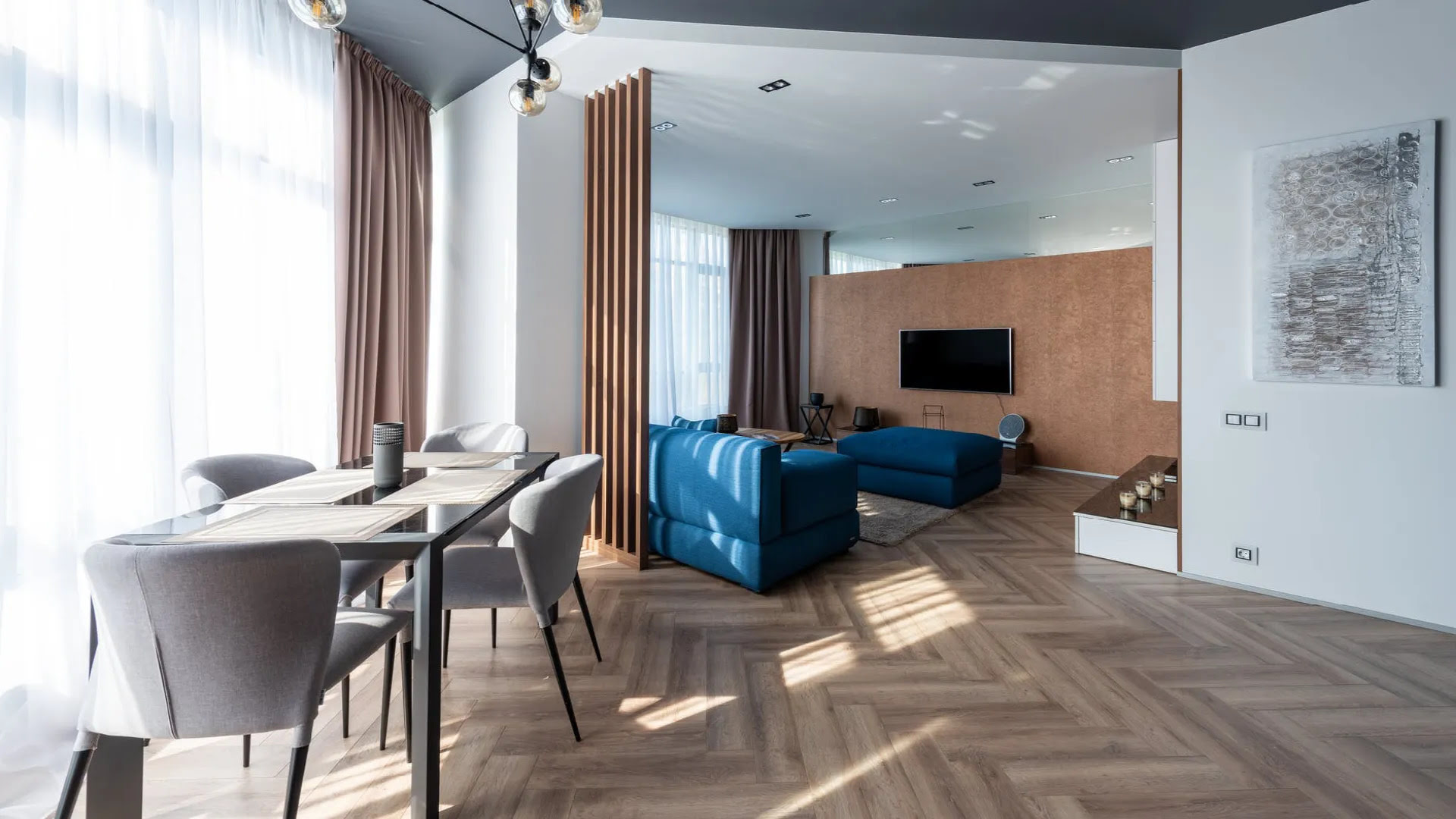

Articles
How To Separate Living Room From Dining Room
Modified: August 28, 2024
Looking for articles on how to separate your living room from your dining room? Explore our expert tips and ideas to create distinct and functional spaces in your home.
(Many of the links in this article redirect to a specific reviewed product. Your purchase of these products through affiliate links helps to generate commission for Storables.com, at no extra cost. Learn more)
Introduction
When it comes to designing and decorating an open living space, creating a distinction and separation between the living room and dining room can greatly enhance the functionality and aesthetics of both areas. Whether you’re looking for a more defined layout or simply want to add some visual interest, there are several creative options to separate your living room from your dining room.
In this article, we will explore eight different options that will help you create a clear distinction between your living and dining areas. From utilizing furniture arrangement to incorporating room dividers, flooring, and more, these ideas will inspire you to transform your open space into two distinct and stylish rooms.
Key Takeaways:
- Create a visual boundary between your living room and dining room by using furniture arrangement, room dividers, different flooring, and lighting techniques. These creative options enhance functionality and aesthetics in open living spaces.
- Incorporate stylish and practical solutions such as sliding doors, curtains, painted accent walls, and shelving to separate your living room from your dining room. These ideas add visual interest and create distinct zones within open spaces.
Option 1: Use Furniture Arrangement
One of the simplest and most effective ways to separate your living room from your dining room is through strategic furniture arrangement. By positioning your furniture in a way that creates a visual boundary, you can create the illusion of separate spaces.
Start by placing your sofa and armchairs in a way that establishes a clear boundary between the living and dining areas. You can angle them to create a distinct corner or use a large bookshelf or console table as a divider. Additionally, placing a coffee table or a rug in the center of the living area can help define the space and separate it from the dining area.
Another useful tip is to use different styles or colors of furniture for each area. For example, you can opt for a modern and sleek dining set and choose a more comfortable and cozy seating arrangement for your living room. This contrast will further emphasize the separation between the two spaces.
Don’t be afraid to experiment with different furniture placement options until you find the layout that works best for your space. Keep in mind the traffic flow and ensure that there is enough space for people to move comfortably between the two areas.
Remember, the key is to create a distinct visual separation while maintaining an overall cohesive design. This can be achieved by using furniture as a barrier, utilizing different styles or colors, and ensuring that there is enough space for movement.
Option 2: Install a Room Divider
If you’re looking for a more permanent and visually striking way to separate your living room from your dining room, installing a room divider can be an excellent solution. A room divider serves as a physical barrier that not only separates the two areas but also adds an element of style and design to your space.
There are various types of room dividers available, ranging from folding screens and sliding doors to bookshelves and freestanding partitions. Choose a room divider that complements your overall interior style and fits the dimensions of your space.
A folding screen is a versatile option that can be easily moved and adjusted according to your needs. It adds a touch of elegance and privacy to your living and dining areas. Alternatively, a sliding door or barn door can create a more permanent separation, allowing you to completely close off one area from the other when desired.
Bookshelves are not only functional but can also serve as a stylish room divider. They provide both storage space and visual separation, allowing you to showcase your favorite books, decor items, or even incorporate small plants. Freestanding partitions, such as fabric screens or wooden panels, offer a creative and customizable solution to divide your space.
The choice of material for your room divider can also significantly impact the overall aesthetic. For a modern and minimalist look, consider a sleek glass or metal divider. If you prefer a natural and warm ambiance, wooden dividers or bamboo screens can add a touch of earthiness to your space.
When installing a room divider, ensure that it is secured properly and fits seamlessly within your space. This will help create a visually appealing and functional separation between your living and dining areas.
By installing a room divider, you can not only divide your living room from your dining room but also add an architectural element that elevates the design of your space.
Option 3: Utilize Different Flooring
Using different flooring materials is another effective way to separate your living room from your dining room. By selecting distinct flooring options for each area, you can create a clear visual boundary and enhance the overall aesthetic of both spaces.
Consider using hardwood flooring for your living room and tile flooring for your dining room. Hardwood floors provide warmth and elegance to any space, while tile floors are practical and easy to clean, making them ideal for dining areas where spills are more likely to occur.
An alternative option is to utilize area rugs to define separate areas within the open space. Choose a large area rug for your living room and a different one for your dining area. This will help create a visual distinction between the two spaces and anchor the furniture arrangement.
When selecting flooring materials, keep in mind the overall style and color scheme of your interior. Choose flooring options that complement each other and create a cohesive look. If you prefer a more dramatic contrast, opt for different finishes or patterns to add visual interest.
It’s important to ensure a seamless transition between the flooring materials. Consider using a transition strip or molding to create a clean and polished look where the two flooring types meet. This will not only enhance the visual appeal but also prevent any tripping hazards.
Utilizing different flooring materials is a practical and stylish way to separate your living room from your dining room. It allows you to clearly define each space while adding depth and character to your overall interior design.
Option 4: Install a Sliding Door or Barn Door
If you’re looking for a more functional and eye-catching way to separate your living room from your dining room, consider installing a sliding door or barn door. These types of doors not only provide a physical division but also add a unique architectural feature to your space.
A sliding door or barn door offers the flexibility to close off or open up the living and dining areas as needed. This is especially beneficial when you want to create private zones for different activities or when you want to hide the dining area during gatherings or parties.
When selecting a sliding door or barn door, you have numerous options to choose from. You can opt for a rustic, reclaimed wood door for a farmhouse feel, or go for a sleek and modern glass door to maintain an open and airy atmosphere. The choice of material and style depends on your personal preference and the overall design concept of your home.
Ensure that the sliding or barn door is properly installed to guarantee smooth operation and a secure closure. You may need to hire a professional to ensure that the installation is done correctly.
One of the advantages of installing a sliding door or barn door is that it becomes a statement piece in your home. It adds character and visual interest to your living and dining areas, making them stand out.
By incorporating a sliding door or barn door, you can create a versatile and visually appealing separation between your living room and dining room.
Use a room divider such as a bookshelf, screen, or curtain to visually separate the living and dining areas. This will create a sense of distinct spaces while maintaining an open feel.
Option 5: Utilize Curtains or Drapes
Using curtains or drapes is a versatile and cost-effective way to separate your living room from your dining room. They offer both functionality and aesthetic appeal, allowing you to create a visual barrier between the two areas.
When choosing curtains or drapes, consider the style and color scheme of your interior. Opt for curtains that complement the overall design of your space and enhance the desired atmosphere. Sheer curtains can create a light and airy feel, while heavier drapes add a sense of luxury and sophistication.
Hang the curtains or drapes from the ceiling to the floor, creating a full-length divider. This will visually separate the living and dining areas while adding height and drama to the space. You can use a ceiling-mounted curtain track or a tension rod to achieve this effect.
If privacy is a concern, choose curtains that have blackout or privacy lining. This will provide you with the option to close off one area from the other when needed.
Alternatively, you can use curtains or drapes as decorative elements to enhance the overall ambiance of each area. For example, opt for patterned curtains in the dining room to add a pop of color or choose curtains with texture and sheen to create a cozy and inviting living room.
Another creative idea is to layer curtains with blinds or shades. This combination not only adds visual interest but also offers additional control over light and privacy.
By utilizing curtains or drapes, you can easily create a flexible and stylish separation between your living room and dining room. They allow you to control the visual connection between the two spaces while adding a touch of elegance to your interior.
Option 6: Incorporate Different Lighting
Lighting plays a crucial role in defining the atmosphere and mood of any space. By incorporating different lighting techniques, you can create a distinct separation between your living room and dining room while enhancing their individual functionality and ambiance.
Start by considering the overall lighting design for each area. In the living room, you may want to focus on creating a cozy and inviting atmosphere, while in the dining room, a brighter and more focused lighting setup is desirable.
In the living room, opt for ambient lighting that provides a warm and inviting glow. This can be achieved through the use of table lamps, floor lamps, or wall sconces strategically placed around the room. These sources of light will create a cozy and intimate feel, perfect for relaxation and socializing.
In the dining room, install a pendant light or a chandelier above the dining table to provide focused and brighter lighting. This will not only illuminate the dining area but also draw attention to this specific space, highlighting it as a focal point within the room.
By using different lighting fixtures and intensities in each area, you create a visual distinction and separation between the living room and dining room.
Another way to emphasize the separation is by incorporating lighting control systems. Consider installing dimmer switches or smart lighting solutions that allow you to adjust the brightness and intensity of the lights in each area separately. This will give you the flexibility to create different moods and levels of illumination depending on the occasion or time of day.
Additionally, using lighting accessories such as track lighting or wall washers can help direct the attention to specific areas or architectural features in each room. This further enhances the separation between the living room and dining room.
By thoughtfully incorporating different lighting techniques in your living room and dining room, you not only create a clear distinction between the spaces but also enhance their individual functionality and aesthetics.
Option 7: Use a Painted Accent Wall
A painted accent wall is a creative and visually appealing way to separate your living room from your dining room. By choosing a different paint color or pattern for each area, you can create a clear distinction and add a stylish focal point to both spaces.
Start by selecting a color scheme that complements your overall interior design. Consider using bold and contrasting colors to make the separation more prominent, or opt for subtle variations of the same color to create a cohesive flow between the two areas.
In the living room, choose a vibrant or soothing color that reflects the desired mood. This can be a deep blue for a cozy and intimate feel, a neutral beige for a timeless and elegant look, or a lively yellow for a cheerful and energetic ambiance.
In the dining room, select a color that enhances the dining experience. Earthy tones such as warm browns or deep reds can create a sense of warmth and intimacy, while cool shades like green or gray can set a more formal and sophisticated tone.
If you prefer a more dramatic effect, consider using patterns or textures on the accent walls. Geometric patterns, stripes, or textured finishes can add depth and visual interest to both the living room and dining room.
Remember to pay attention to the size and layout of the rooms when selecting the accent wall. Choose a wall that serves as a prominent visual separation between the spaces, such as the one behind the sofa or the wall opposite the dining table.
By incorporating a painted accent wall, you create a focal point in each area while clearly defining the boundary between your living room and dining room.
Ensure that the paint application is done neatly and professionally for a polished and seamless finish. Proper preparation, including priming the wall and using high-quality paint, is essential for achieving the desired result.
A painted accent wall not only adds visual interest, but it can also set the tone and character of each area, making them distinct and inviting.
Option 8: Create a Visual Barrier with Shelving
If you’re looking for a practical and stylish way to separate your living room from your dining room, creating a visual barrier with shelving can be a great solution. Shelving not only provides storage space, but it also adds a design element that enhances the overall aesthetic of both areas.
Start by choosing the style and material of the shelving units that align with your interior design. Whether it’s sleek and modern, rustic and farmhouse-inspired, or minimalist and contemporary, select shelving that complements the overall look and feel of your space.
Position the shelving units strategically to create a division between the living room and dining room. Place them perpendicular to the wall or back-to-back, creating a physical barrier that visually separates the two areas.
The shelving units can serve as display areas for books, plants, artwork, or decorative items. You can also mix in functional elements, such as wine racks or cabinets for additional storage. This not only adds visual interest but also increases the functionality of the space.
For a more cohesive look, consider styling the shelves differently for each area. Use decorative accessories and accents that reflect the purpose of the space. For instance, incorporate cozy elements like candles and decorative pillows on the living room side, while showcasing glassware and dining-related items on the dining room side.
Another creative idea is to mix open shelves with closed storage compartments or drawers. This allows you to have a combination of both display and concealed storage, ensuring that your belongings are organized and accessible while maintaining a visually appealing separation.
Remember to consider the scale and proportion of the shelving units in relation to the size of your space. Avoid overcrowding the area with too many shelves, as this can create a cluttered and overwhelming look. Instead, aim for a balanced and well-spaced arrangement.
By utilizing shelving as a visual barrier, you create a functional and decorative element that separates your living room from your dining room. It adds storage and organizational opportunities while showcasing your personal style and enhancing the overall aesthetic of the space.
Read more: How To Separate Kitchen And Living Room
Conclusion
Creating a distinction between your living room and dining room in an open space is essential for both functionality and aesthetics. The eight options we explored in this article offer a range of creative and practical solutions for separating these areas.
Firstly, using furniture arrangement enables you to create a visual boundary and establish distinct corners or zones within the open space. This allows for easy navigation and adds a sense of purpose to each area.
Installing a room divider, such as a folding screen or sliding door, provides a more permanent and visually striking separation. This architectural feature not only divides the space but also adds a unique design element to your home.
Utilizing different flooring materials or area rugs helps to visually separate the living and dining areas, while also adding depth and character to the overall design concept of your space.
Installing a sliding door or barn door offers both functionality and style. These doors allow you to easily close off or open up the living and dining areas as needed, creating privacy or an open flow for entertaining.
Using curtains or drapes provides a versatile and cost-effective way to separate the spaces. Sheer curtains can create an airy feel, while heavier drapes offer privacy and add a touch of luxury to your interior.
Incorporating different lighting techniques not only separates the living room from the dining room but also enhances their individual functionality and ambiance. Lighting control systems offer greater flexibility in creating distinct moods and illuminating specific areas.
A painted accent wall adds a visual distinction and serves as a focal point in each area. By choosing different colors or patterns, you can create an eye-catching separation that complements the overall design of your space.
Lastly, creating a visual barrier with shelving provides storage space while adding a design element that separates the living and dining areas. Styling the shelves differently for each area adds to the cohesive yet distinct separation.
In conclusion, whether you prefer a subtle separation or a more dramatic distinction, these eight options provide creative and practical ways to separate your living room from your dining room in an open space. By implementing these ideas, you can not only enhance the functionality of each area but also create an overall visually appealing and harmonious living environment.
Frequently Asked Questions about How To Separate Living Room From Dining Room
Was this page helpful?
At Storables.com, we guarantee accurate and reliable information. Our content, validated by Expert Board Contributors, is crafted following stringent Editorial Policies. We're committed to providing you with well-researched, expert-backed insights for all your informational needs.


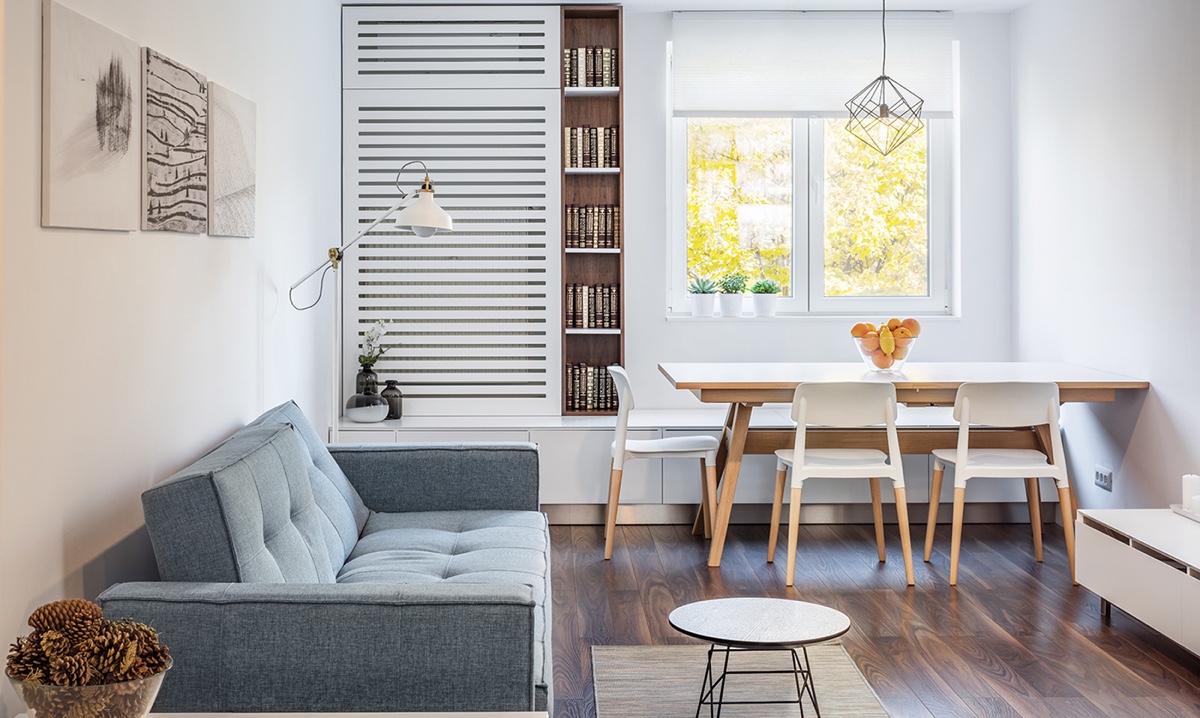
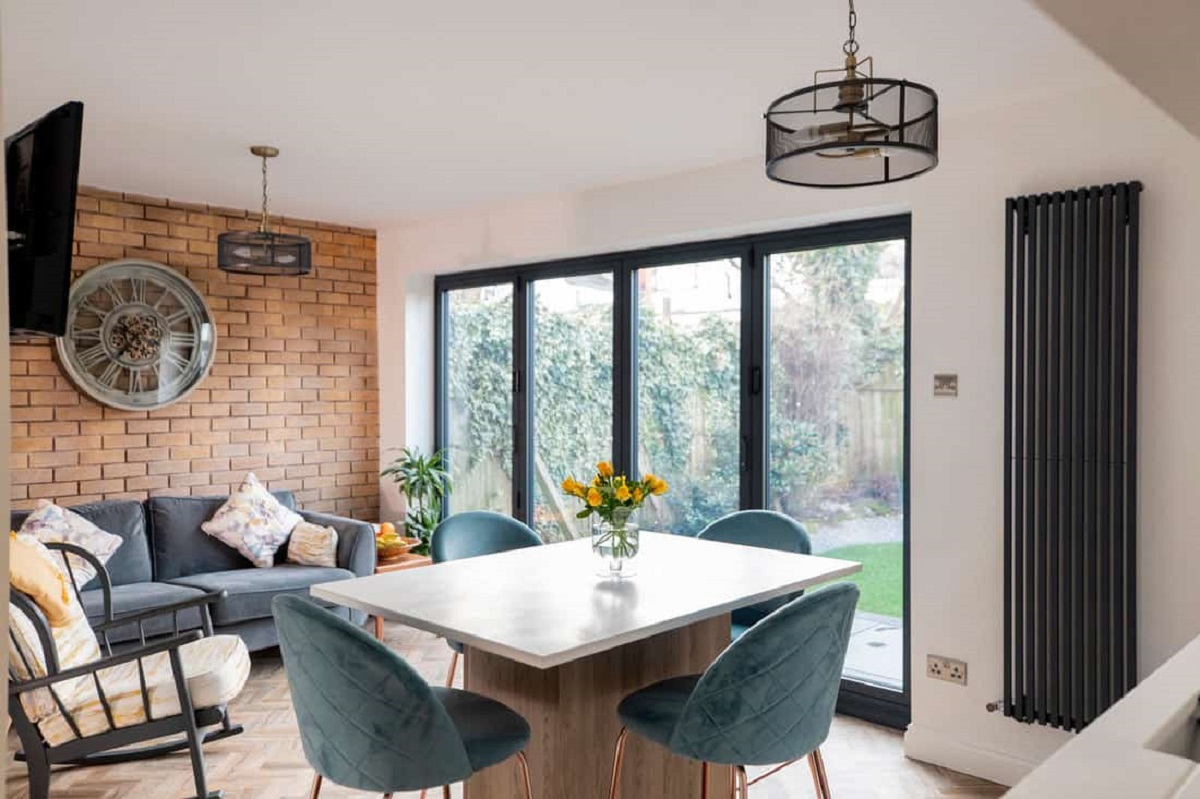
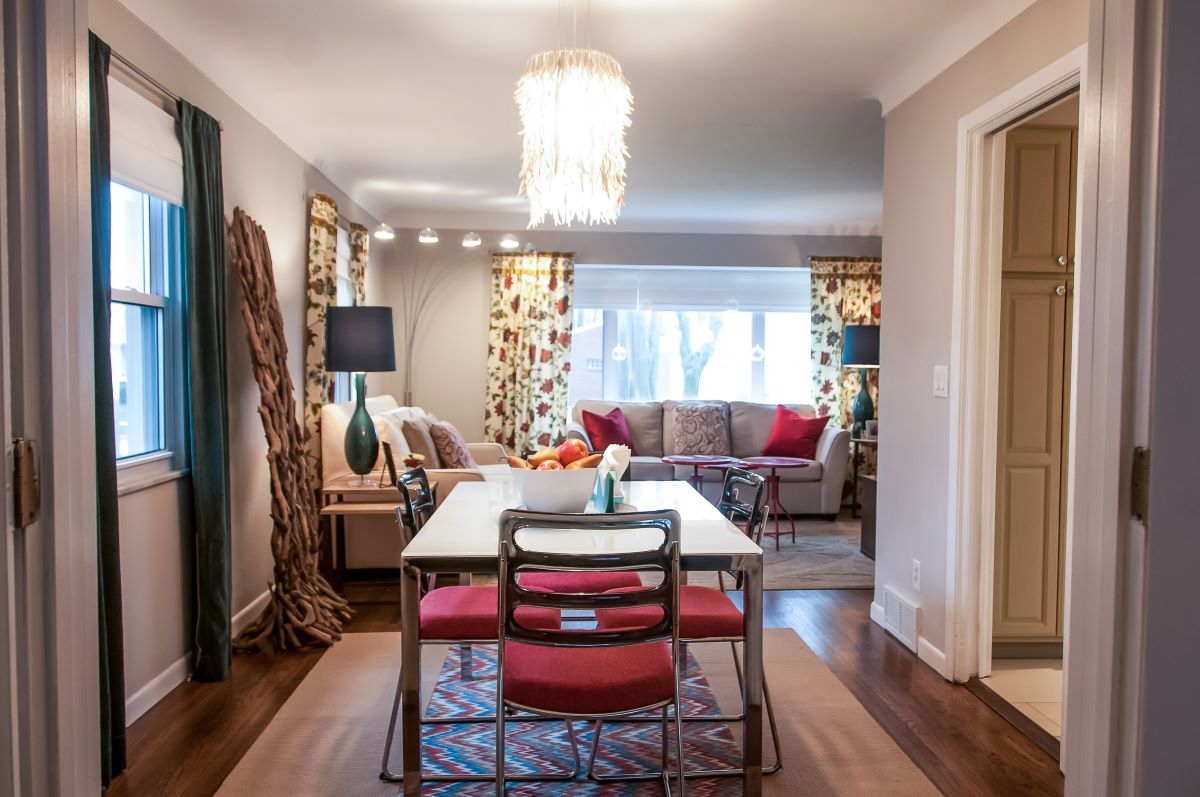
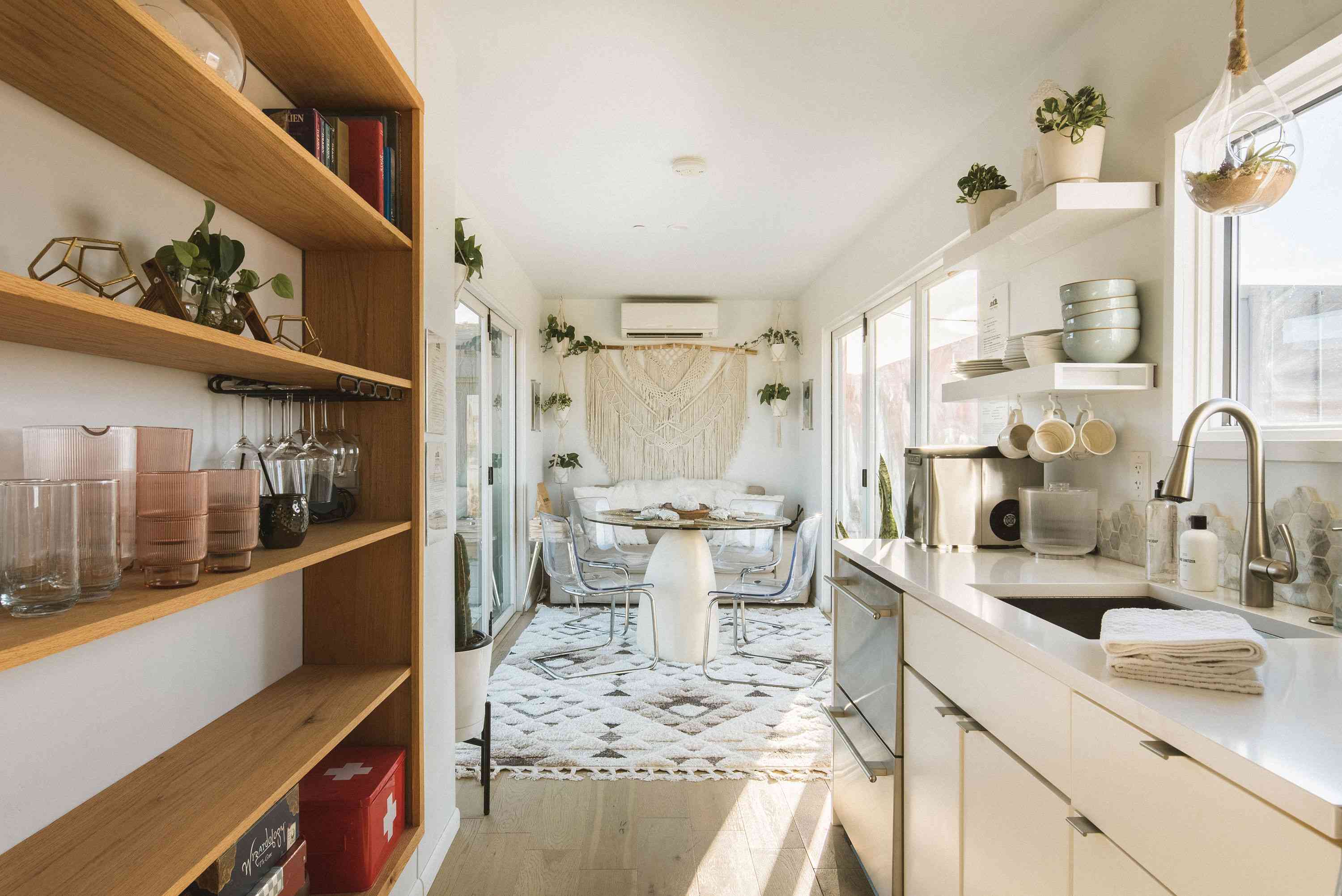
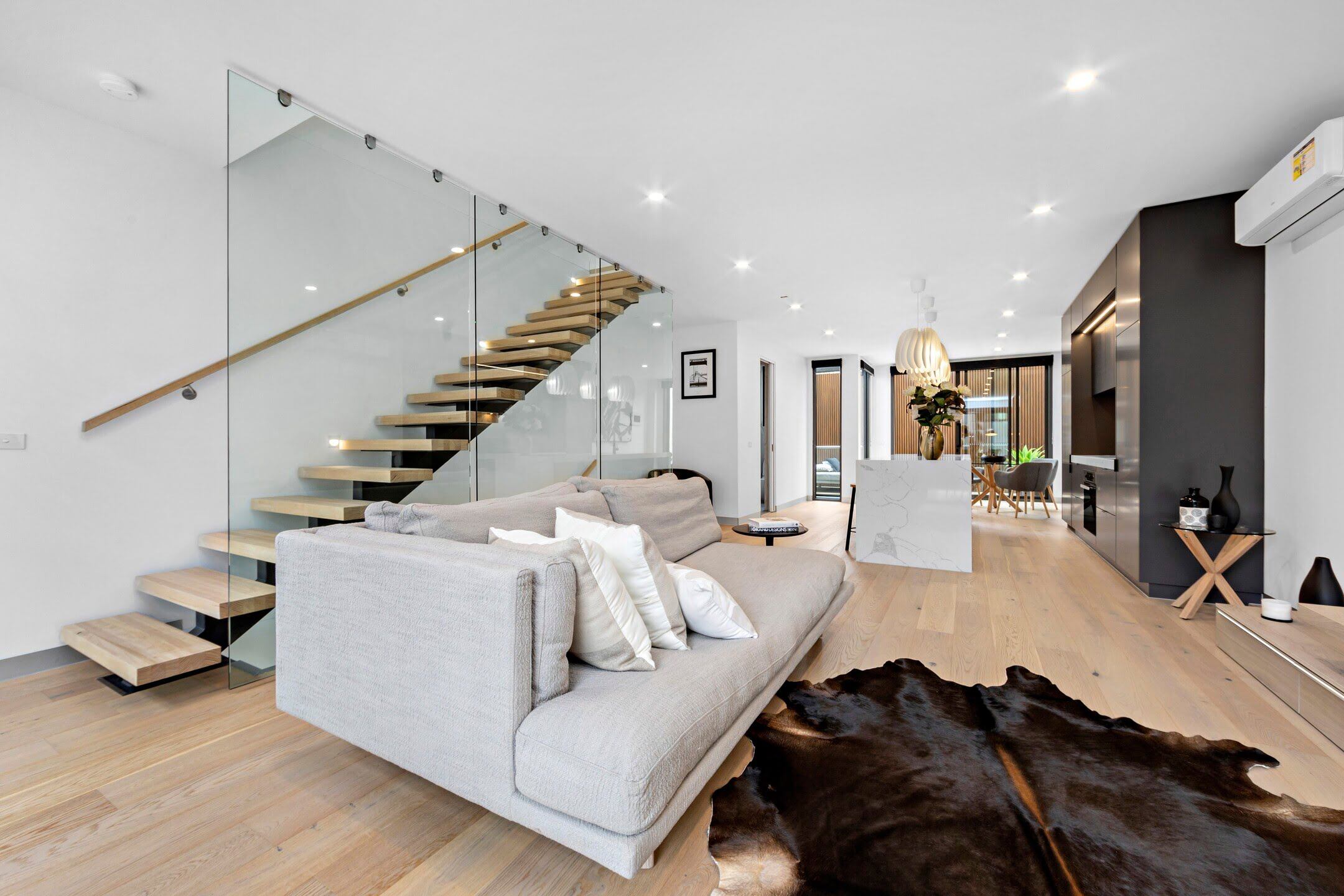

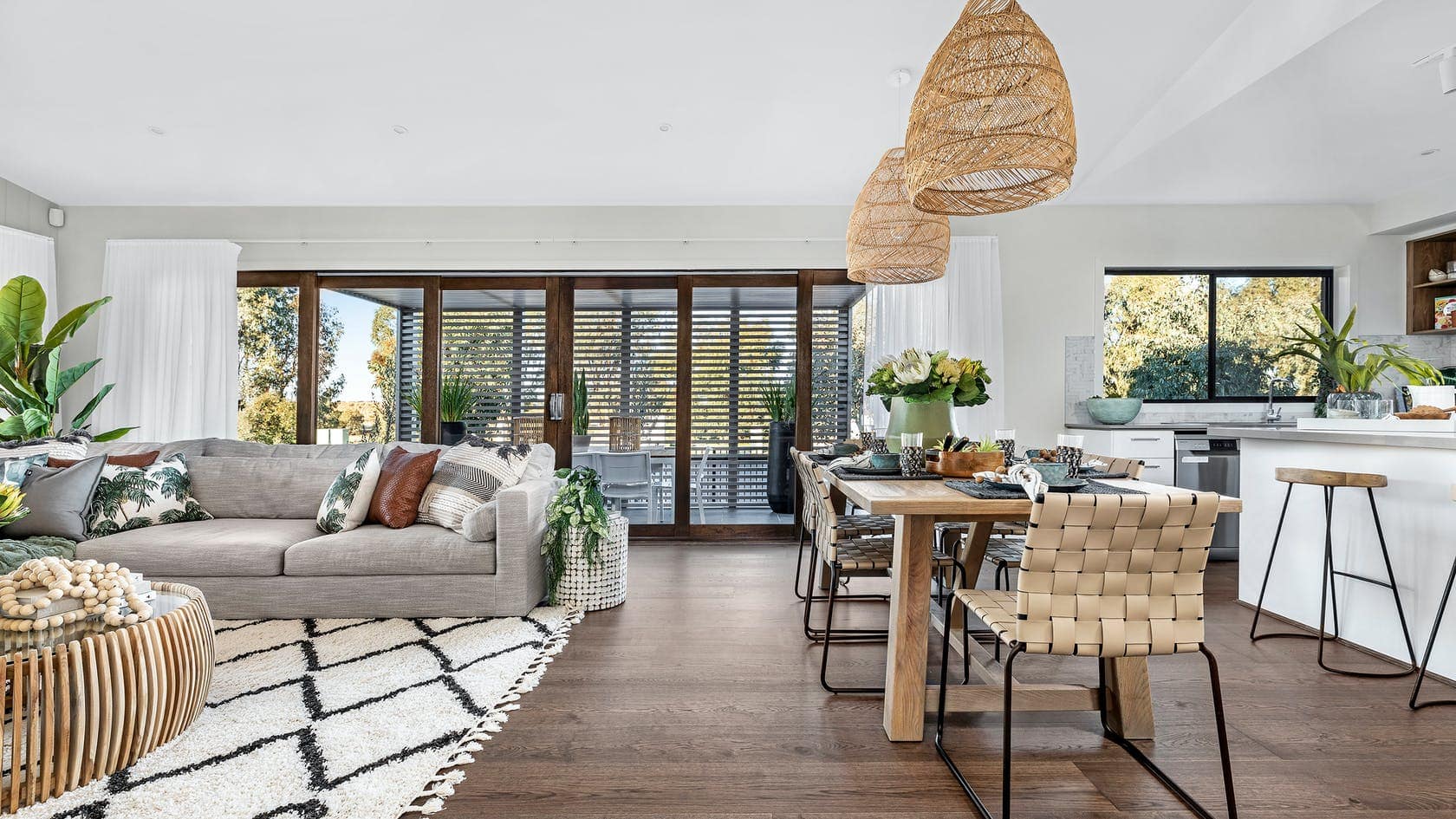
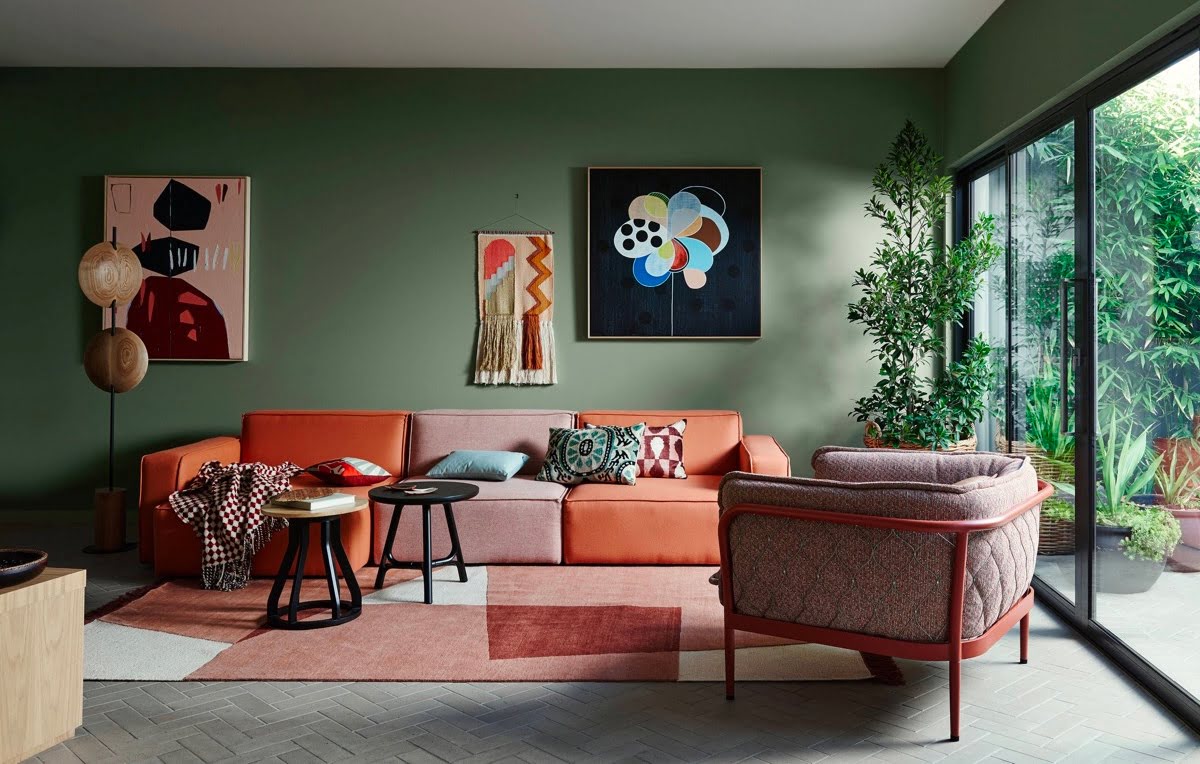

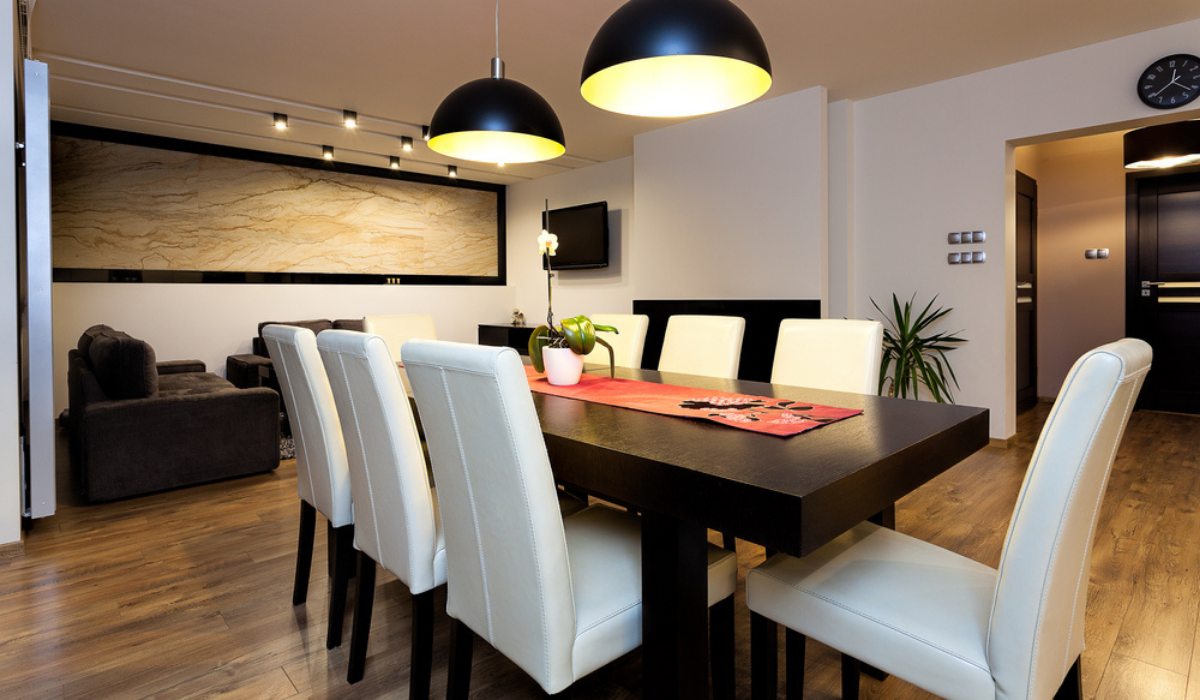
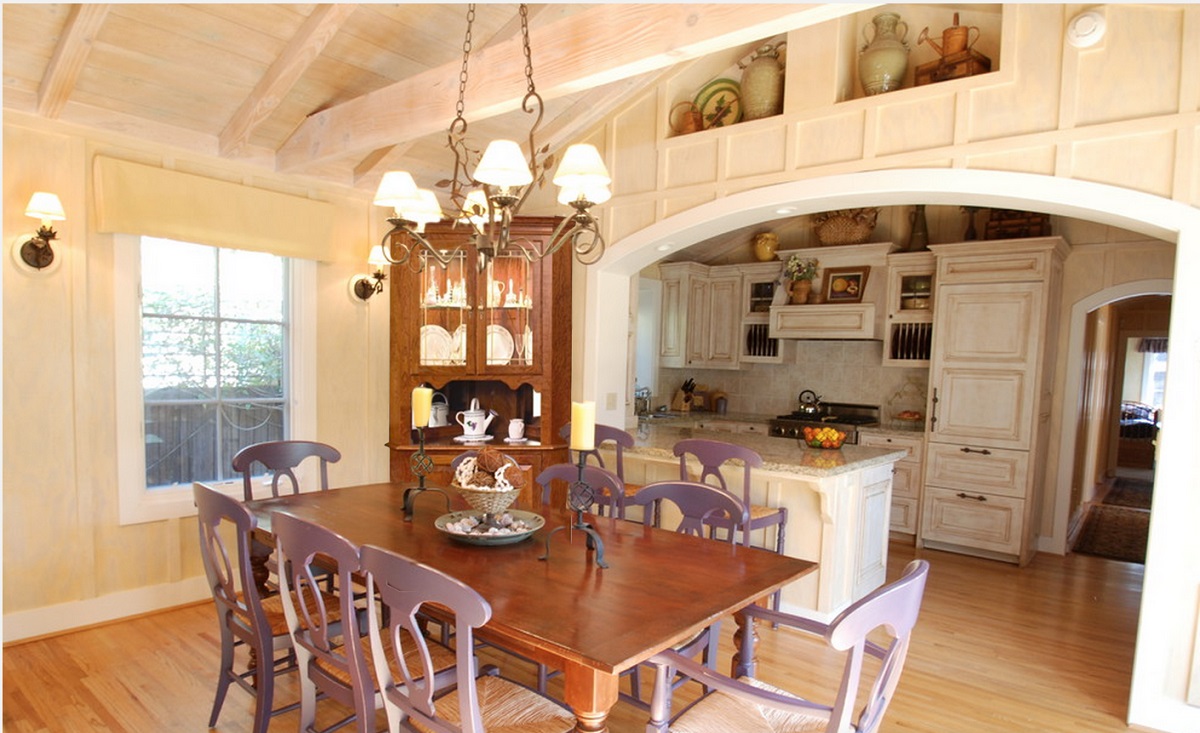

0 thoughts on “How To Separate Living Room From Dining Room”